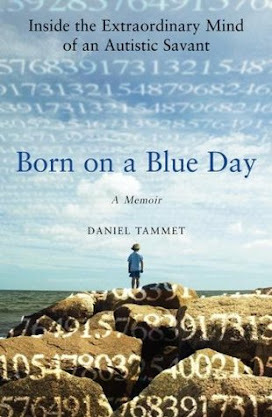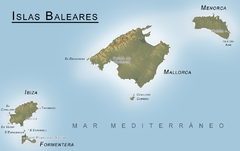Dysgraphia
Hello Everyone!
Dysgraphy, or problems with writing, is one of the
most common causes of problems in children at school, next to dyslexia and
dysorthography. Dysgraphy is defined as a partial or complete loss of the
ability to write correctly graphically, which often makes it completely
illegible. It is important to remember that dysgraphic problems are not
necessarily the result of a child's intellectual disability.
Dysgraphia is primarily characterized by an illegible style of writing, which is associated with writing letters:
- confusing letters, i.e. l-g, p-g, b-d, p-b;
- with an uncertain, trembling line;
- outside the designated lines.
- imprecisely reproduced, irregular;
- too inclined from vertical;
- differing in size within one word;
Other problems characteristic of dysgraphia are:
holding the pen tightly, getting tired quickly while writing and reluctance to
draw, we can quite boldly suspect dysgraphia. There are 3 types of dysgraphia:
spatial, dyslexic and motor.
How to work with a student who has dysgraphia? You can
switch to, for example, typing on the computer, in addition, exercises
involving the hand and eye and requiring concentration are helpful. Such
exercises are: drawing eights, drawing contours, drawing lines, tasks with
connecting dots.
BYE BYE




Komentarze
Prześlij komentarz